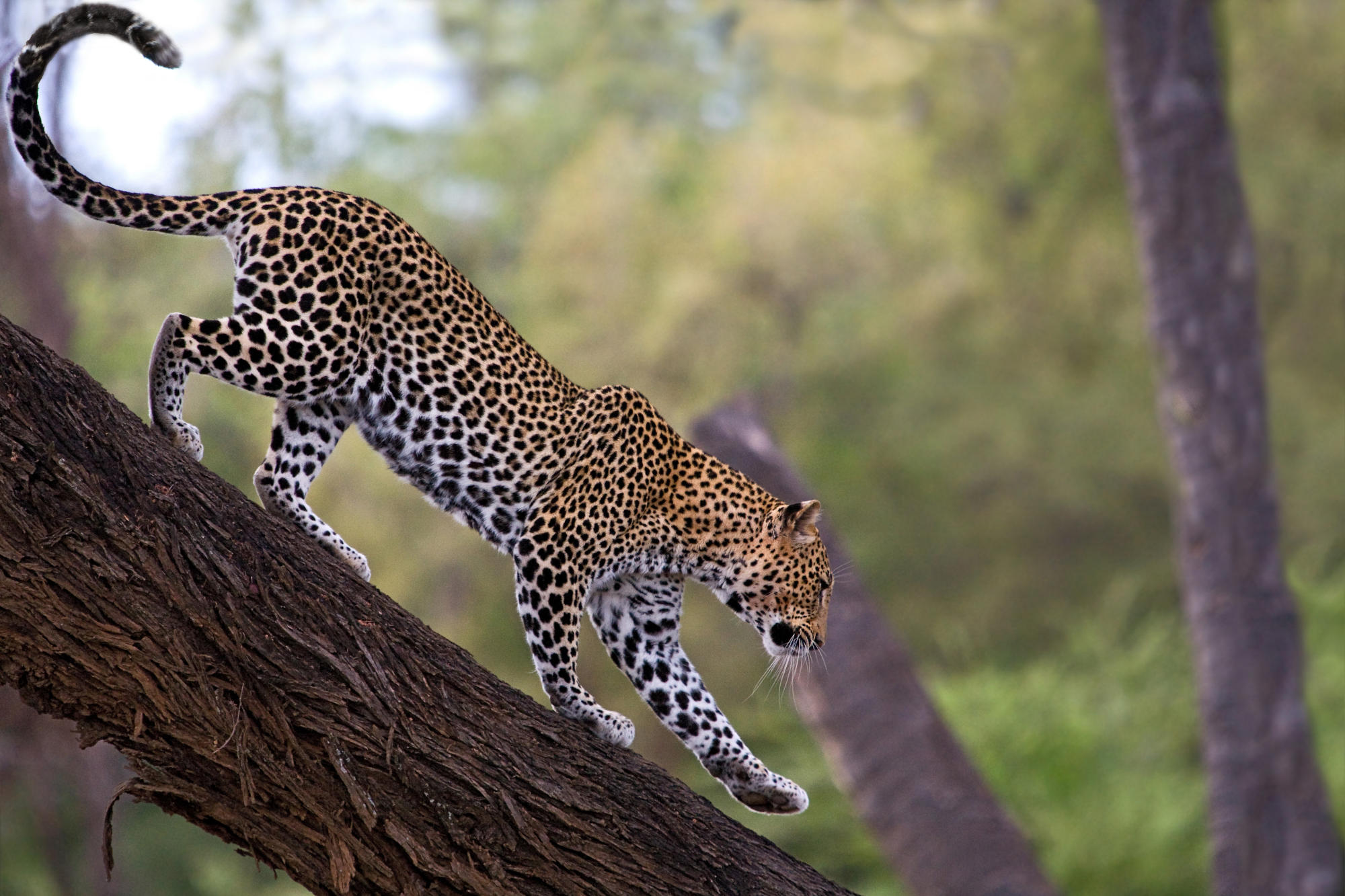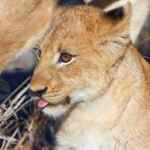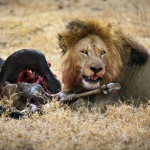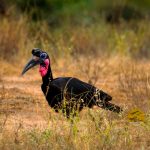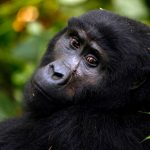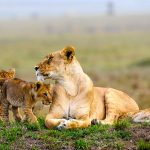How Long Do Leopards Live? A look into the Life of this Elusive Big Cat.
How Long do Leopards Live; Mysterious, adaptable, and flaunting their iconic spotted coats, leopards are among the most interesting and resilient big cats. But how long does it really take for them to live? The Leopard’s life expectancy does depend on so many factors in light of habitat, natural threats, and living either in the wild or in captivity. Let’s dive into the life expectancy of leopards and what influences the length of time they survive.
How Long Do Leopards Live in the Wild?
For leopards living outside human care, their average life expectancy ranges from 10 to 12 years in the wild. Of course, this range may slightly vary with respect to various factors, including their subspecies, their regional habitat, and other environmental settings; Although some leopards may reach an age of up to 17 years in the wild, this is very rare because they pass through so many survival challenges.
They are found in different habitats, from the savannas of Africa to rainforests of Southeast Asia, to the mountainous landscape of the Russian Far East. Every region has different challenges and competitors, which affect their life cycle.
How Long Do Leopards Live in Captivity?
In captivity, the life span of leopards has reached as high as 20-25 years; with optimum care, some have reached a maximum age of 30 years; Zoo and wildlife-park environments are controlled to provide regular nutrition, medical attention, and safety from threats that could dramatically extend their lives.
For example, “Ceska,” a leopard from Big Cat Rescue in Florida, lived to 24 years, a fact proving the difference in the lifespans of leopards living in the wild and those in captivity; The absence of stressors such as competition for territory and shortages of prey enables them to live longer in captivity compared to the wild.
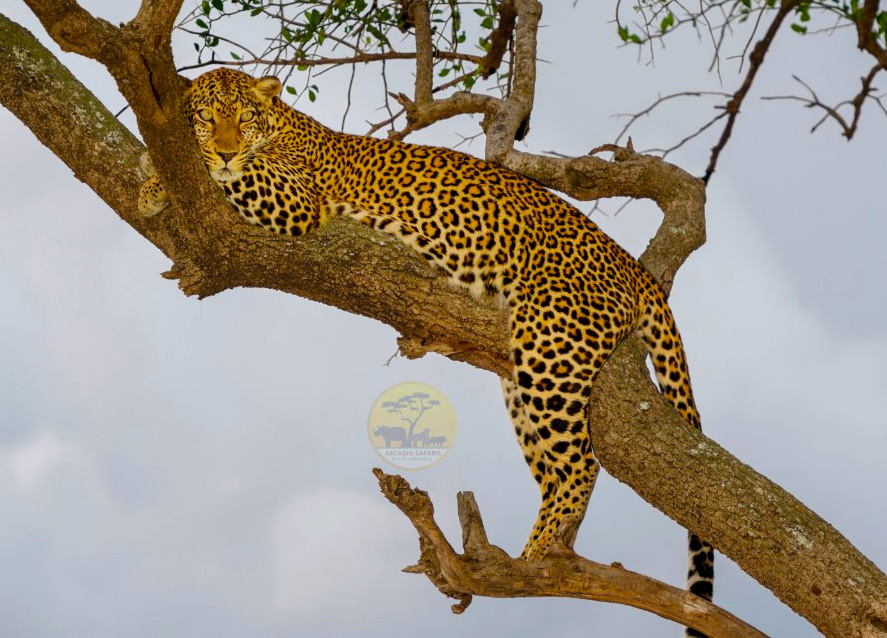
Factors Affecting Leopard Life Expectancy in the Wild.
Various factors act to reduce a leopard’s life in the wild, including:
a. Predation and Competition
Though leopards are agile hunters, in their native habitats, they are generally never at the pinnacle of the food chain. Wherever larger predators exist, such as lions, tigers, or hyenas, they must compete for resources and territory. Major predators may kill leopards just to minimize competition for the same prey.
b. Food Supply
The leopard diet includes medium-sized mammals such as impalas, deer, and monkeys. For hunting, when there is a scarcity of prey, leopards must journey further-which exposes them more to danger. Prolonged famishment depletes the strength and territorial protection capability of the leopards and their ability to avoid larger predators of themselves.
c. Loss of Habitat and Human Conflict
Human activities include deforestation, agriculture, and increasing urban limits, which threaten the leopards’ habitats. As leopards are being driven into closer proximity with human populations, they’re more likely to encounter dangers such as poaching, illegal hunting, and retaliatory killings by farmers in the name of protecting livestock.
d. Diseases and Parasites
Wild leopards are also susceptible to illness and parasites, like infestation with ticks, that could cause infection or the canine distemper virus mostly transmitted by domesticated animals. While leopards in captivity get treated for such conditions, wild ones hardly do, hence dying prematurely due to such diseases.
e. Physical Injuries
Being solitary hunters, leopards rely on their agility and physical strength. Injuries from hunting, conflicts with other leopards, or other predators may reduce their hunting or territorial defense capabilities. Aging makes them more susceptible to such injuries, which in turn could lower their survival chances.
The Life Cycle of a Leopard
Knowledge of the life cycle of a leopard helps provide an overview of how they survive and adapt at each stage of their lives:
Infancy (0-1 year)
Leopard cubs are born after a gestation period of 90-105 days and depend for nutrition and protection exclusively on their mother. The first three months of age, the cubs are suckled and hidden from potential predators. Unfortunately, only about 40-50% of cubs survive past the first year due to predation, starvation, or abandonment.
Juvenile (1-2 years)
At an early age itself, the leopards start hunting independently but they are never away from their mother. By the time they are about two years old, they venture out in search of their territory and, along with this, their solitary existence begins.
Maturation (3-10 years)
Active hunting, mating, and territorial establishment characterize the peak of a leopard’s life. Females, in this regard, can produce litters every two years of their lives, while the males roam and search for extensive territories to locate and defend a mating territory. At this stage, adult leopards are considered at the peak concerning strength and independence.
Old Age (10+ years)
With time, physical condition gradually worsens; it is harder to hunt and protect the territory. With lesser agility and weakened muscles, older leopards are more susceptible to diseases and injuries. Not many wild leopards live beyond 15 years of their lives since the demands to survive become more difficult to accomplish.
Exceptional Longevity Cases
Some leopards buck this trend and live longer than the average age, reaching an older age of more than 17 years rarely. These longer-lived leopards are often found within protected areas where there is a continuous supply of food with relatively low human threats.
Additionally, conservation increases the life expectancy level of wild leopards. Anti-poaching laws reduce human-related risks to leopards, such as wildlife corridors and reserves. In addition, the programs undertaken in educating the local communities about coexistence with leopards reduce retaliatory killings.
For example, the Amur leopard inhabits parts of Russia and China and is critically endangered, with less than 100 individuals surviving in the wild; This calls for conservation-for example, anti-poaching patrols and habitat restoration-in the prolongation of the lives of these rare leopards and the continuance of their species.
Our Remarkable Packages to See Leopards on a Safari in Africa.
22 Days Best of Uganda Wilderness Adventure
18 Day Exploring Uganda Safari
14 Days Uganda and Kenya Wildlife Safari
14 Day Uganda-Rwanda Wildlife and Primates Safari
10 Day Highlights of Uganda Safari
9 Day Kenya Wild Safari Adventure
8 Day Gorillas-Chimps and Big Five Experience
8 Day Best of Tanzania Wildlife Safari
7 Day Kenya Wildlife Safari Tour
6 Day Gorilla Trekking and Queen Elizabeth
5 Day Serengeti and Lake Manyara Safari
5 Day Maasai Mara and Lake Nakuru Safari
4 Day Tanzania Wildlife Safari
3 Day Best of Akagera National Park
3 Day Ngorongoro Magical Adventure
Remarks on How Long Do Leopards Live.
These are the external nutrition and threats from humans and other animals that influence their life spans to a very large extent. The life of leopards is hugely different, with those in the wild only surviving for about 10 to 12 years, while those kept in captivity enter into old age and live up to 20-25 years; Conservation, however, allows room for hope that these beautiful cats will someday be seen by future generations in their natural setting; The protection of the leopards and their environments is crucial in sustaining their lives to ensure biodiversity at all continental dimensions; The leopard, strong but elusive, captivates the mind of man to remind one of the tender balance required to keep these fantastic lives running.

